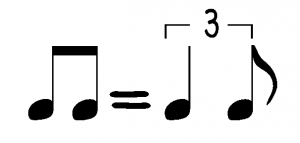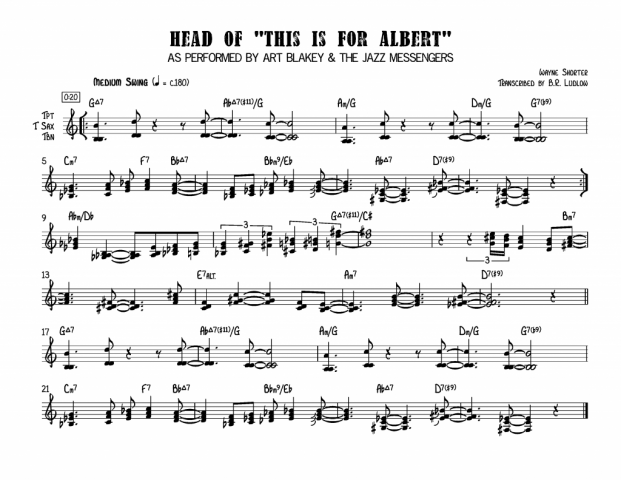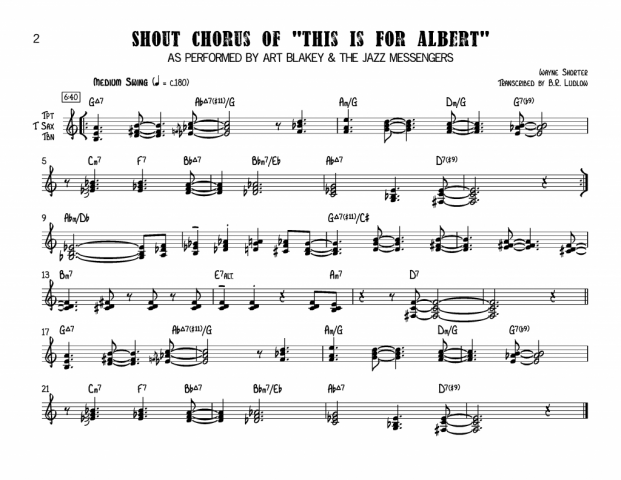This post is part of a 4-part series on the rhythmic style of J Dilla.
Part I: (History) · Part II (Theory) · Part III (Grooves) · Part IV (Application)
In this post I want to take a look at some transcriptions of Dilla feels found in the wild to break down what they’re doing.
The transcription methodology for these tunes was to pick a four bar section where the beat is clearly audible and align it to a beat grid in Ableton. I then recreated the grooves on separate tracks by looking at the waveform to determine where individual hits occurred. When the waveform was unclear, I placed a sample in the approximate location and then adjusted it until it no longer made an audible flam against the track. For some of the songs with sampled drums, I isolated the samples and aligned them via phase cancellation.
This post includes screenshots of the Ableton live sessions and standard notation for each tune. For the standard notation, I focused on creating intuitive and easily digestible summaries of the grooves rather than notate them literally. I experimented with a couple different approaches for notating subdivisions and microtime including written descriptions, approximating to the nearest subdivision, and using special symbols to mark when notes fall behind/ahead of the written beat.
Continue reading “The Dilla Feel, Part III: The Grooves (Real-World Examples and Dilla’s Influence)”



